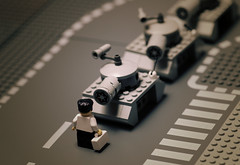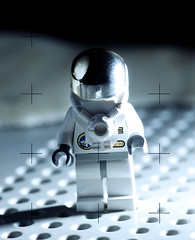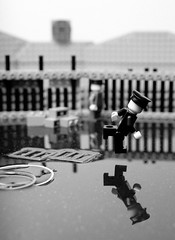Yves Marchand & Romain Meffre sono fotografi che si occupano di archeologia urbana e industriale.
Sul loro sito esibiscono tre bellissime gallerie dedicate rispettivamente alle rovine di Detroit, alle vestigia industriali della Germania Est e ai teatri abbandonati d’America. Sono tutte belle, ma la prima, per me, è la più interessante.
Sviluppatasi con il boom economico del dopoguerra legato principalmente all’automobile, Detroit era arrivata a 2 milioni di abitanti negli anni ’50, diventando la quarta città degli Stati Uniti. Oggi, con la General Motors molto vicina al fallimento, Detroit ha perso la metà dei suoi abitanti e la de-industrializzazione ha lasciato enormi monumenti alla decadenza che non vengono riconvertiti perché non ci sono investimenti in una città in decadenza. Semplicemente rimangono, tracce di uno splendido passato, monumenti sopravvissuti alla perdita della loro funzione.
Amo quella foto con il pianoforte…
 |
 |
 |
 |















 Apre le porte in modo ormai stabile
Apre le porte in modo ormai stabile